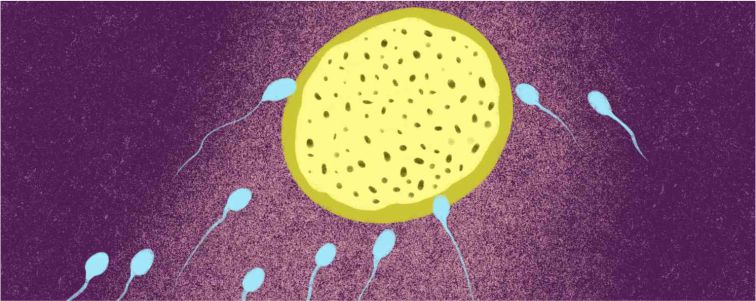Conception is a pivotal moment in the journey of pregnancy, marking the beginning of a new life. It's a complex biological process that occurs when a sperm meets an egg present in the fallopian tube. This fertilization creates a zygote that ultimately develops into an embryo.
This article will help you understand the process thoroughly and clarify any doubts you might have.
The process of conception
Conception during pregnancy starts with the ovulation phase of your menstrual cycle.
Ovulation:
- Release of an egg from the ovaries.
- Occurs roughly mid-cycle in a woman’s menstrual cycle.
- The egg waits for about 12 to 24 hours to get fertilized. If a sperm is present in your fallopian tube at this time, the process of fertilization begins.
Fertilization:
- The sperm meets the egg in the fallopian tube.
- Genetic material combines to form a zygote.
Implantation:
- The zygote travels to the uterus.
- Embeds in the uterine lining, marking the beginning of pregnancy.
Timing and conception
Conception can only occur during a specific window in your menstrual cycle, typically around ovulation. Tracking your cycle can help you understand your fertile window. Even if intercourse happens during your fertile window, conception isn't guaranteed. Factors like sperm quality, egg health and cervical mucus play a role.
Fertility peaks in the 20s and gradually declines with age, especially after 35. Healthy habits like having a balanced diet, regular exercise and stress management can boost fertility. Smoking, excessive alcohol and being overweight, can hinder it. Certain medical conditions like endometriosis, PCOS and fibroids can affect fertility.
Fertility window:
- Fertilization usually happens within 24 hours post-ovulation.
- Sperm can survive in the female reproductive tract for up to 5 days.



